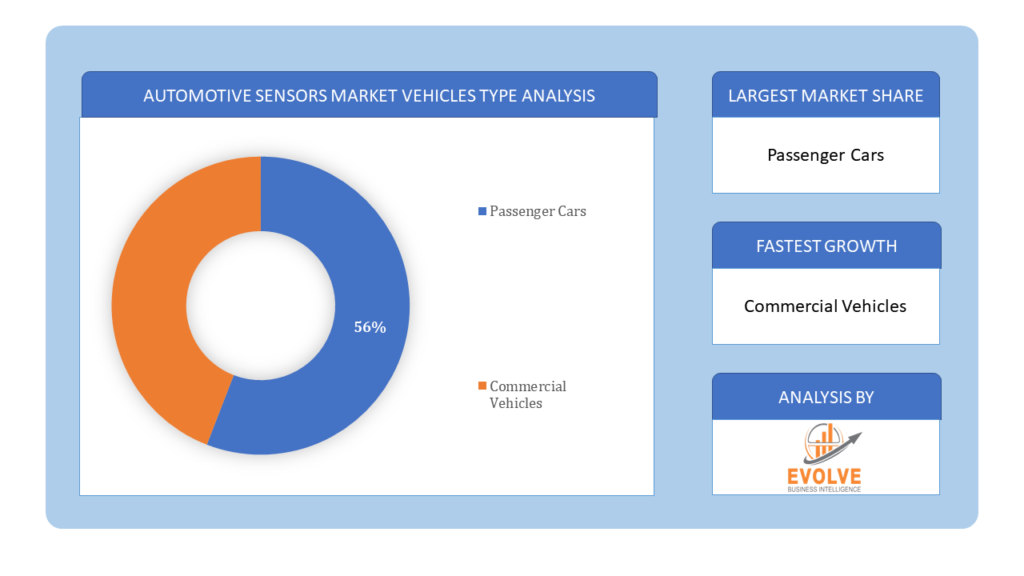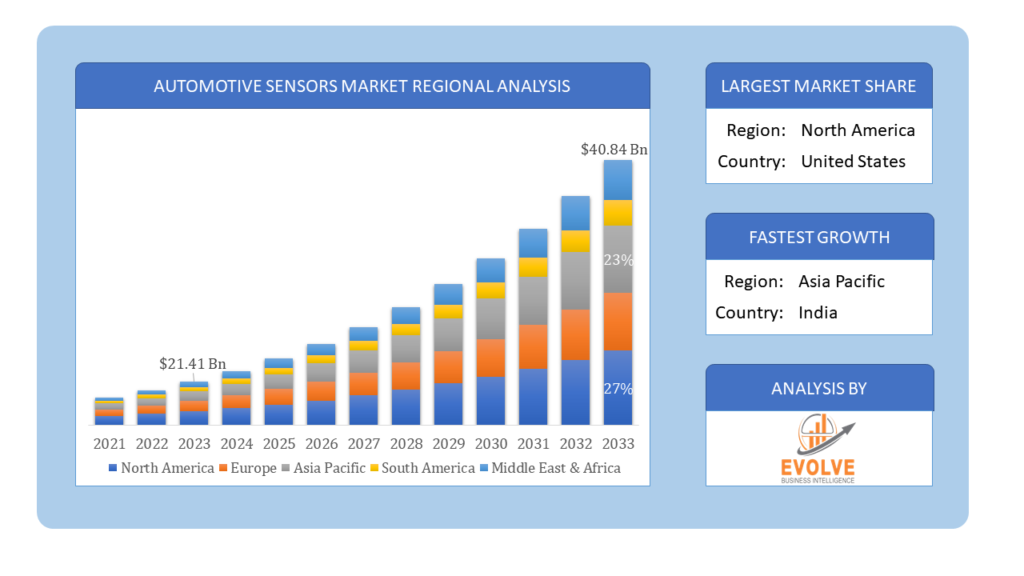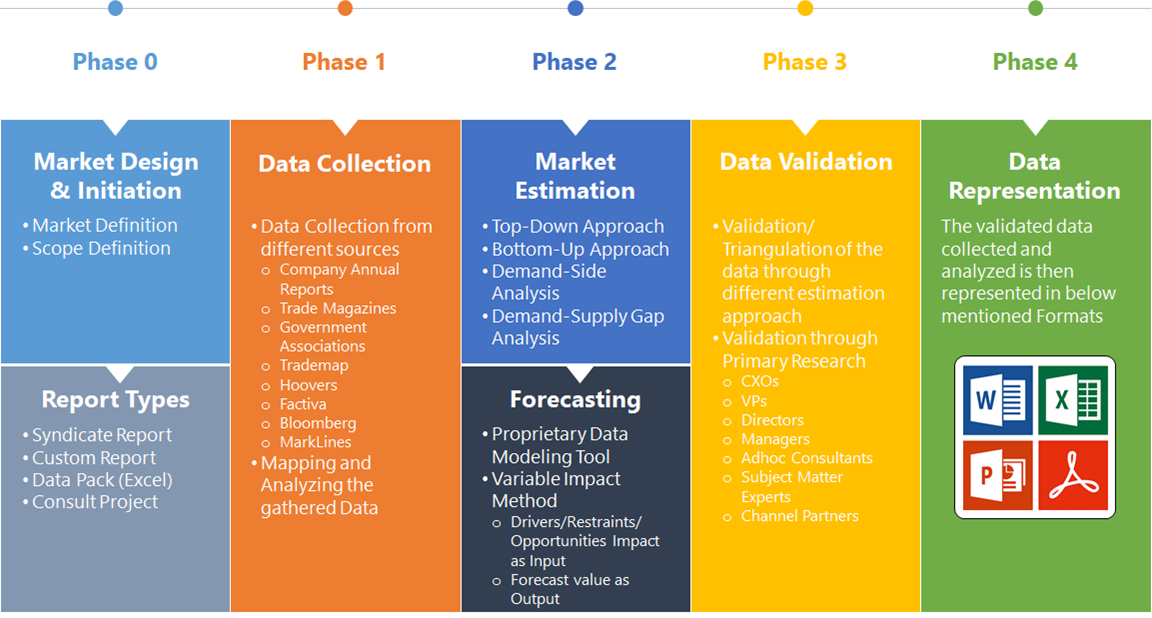Automotive Sensors Market Overview
The Automotive Sensors Market Size is expected to reach USD 21.41 Billion by 2033. The Automotive Sensors industry size accounted for USD 54.74 Billion in 2023 and is expected to expand at a compound annual growth rate (CAGR) of 9.21% from 2023 to 2033. Sensors are devices that detect events or changes in the environment and then provide a corresponding output. Automotive sensors are designed to detect, measure, transmit, analyze, record, and display the internal and external environment of the vehicle. The automotive sensors are used to measure position, exhaust temperature, angular rate, pressure, torque, flexible fuel composition, long-range distance, and ambient gas concentrations, engine oil quality, short-range distance, and others.
Global Automotive Sensors Market Synopsis
The Automotive Sensors market experienced a positive impact due to the COVID-19 pandemic. The COVID-19 pandemic significantly impacted the automotive sensors market, causing disruptions in production and supply chains. Despite these challenges, the market has shown resilience, driven by increasing demand for advanced driver assistance systems (ADAS) and electric vehicles (EVs). The focus on safety and fuel efficiency has further accelerated the adoption of automotive sensors
Global Automotive Sensors Market Dynamics
The major factors that have impacted the growth of Automotive Sensors are as follows:
Drivers:
⮚ Advancements in Autonomous Driving
The development and commercialization of autonomous driving technologies rely heavily on sensors such as LiDAR, radar, cameras, and inertial measurement units (IMUs) for perception, mapping, localization, and decision-making, driving significant demand for automotive sensor solutions.
Restraint:
- Data Security and Privacy Risks
With the increasing volume of data generated by sensors in connected vehicles, there are growing concerns about data security and privacy. Safeguarding sensitive vehicle data from cyber threats, unauthorized access, and data breaches is a significant challenge for automakers and technology suppliers.
Opportunity:
⮚ Advanced Driver Assistance Systems
The increasing adoption of ADAS features such as adaptive cruise control, lane departure warning, automatic emergency braking, and parking assistance represents a significant opportunity for automotive sensor suppliers. Sensors such as radar, cameras, LiDAR, and ultrasonic sensors are integral to enabling these safety and convenience features, enhancing vehicle safety and driver comfort.
Automotive Sensors Market Segment Overview
By Type
Based on the Type, the market is segmented based on Temperature, Pressure, Position, Speed, Motion, O2 Sensors, Gas, Image, and Others. In the automotive sensors market, pressure sensors dominate due to their crucial role in ensuring vehicle safety and performance, closely followed by temperature sensors which are essential for monitoring engine and environmental conditions
By Application
Based on the Application, the market has been divided into Powertrain, Chassis, Body Electronics, Safety & Security, Telematics, and Others. In the automotive sensors market, safety and security applications dominate, driven by increasing demand for advanced driver assistance systems (ADAS) and vehicle security features. These applications require a wide array of sensors for collision detection, lane departure warning, and adaptive cruise control, among others.
By Vehicle Type
 Based on Vehicle Type, the market has been divided into Passenger Cars, and Commercial Vehicles. In the automotive sensors market, passenger cars dominate due to their higher production volume and integration of advanced sensor technologies for improving comfort, safety, and driving experience. Commercial vehicles also contribute significantly, particularly in sectors like fleet management and transportation logistics where sensors play a crucial role in efficiency and safety measures.
Based on Vehicle Type, the market has been divided into Passenger Cars, and Commercial Vehicles. In the automotive sensors market, passenger cars dominate due to their higher production volume and integration of advanced sensor technologies for improving comfort, safety, and driving experience. Commercial vehicles also contribute significantly, particularly in sectors like fleet management and transportation logistics where sensors play a crucial role in efficiency and safety measures.
Global Automotive Sensors Market Regional Analysis
Based on region, the market has been divided into North America, Europe, Asia-Pacific, the Middle East & Africa, and Latin America. The area of North America is anticipated to dominate the market for the usage of Automotive Sensors, followed by those in Asia-Pacific and Europe.
 Automotive Sensors North America Market
Automotive Sensors North America Market
North America is projected to have significant market share due to the infrastructural development which has led to increased sales of high and mid-level cars and increased adoption of luxury cars by the young population. Asia Pacific is expected to dominate the market due to the increasing passenger vehicles sale in emerging economies such as India, China, and Japan as the purchasing power of the population is strengthening. Moreover, increasingly stringent government reforms and the initiative to install ADAS features in vehicles are also estimated to drive this market growth.
Automotive Sensors Europe Market
The Europe region has been witnessing remarkable growth in recent years. Europe is expected to have significant growth in the market owing to the increasing demand for high-end cars with advanced driver assistance systems. The increasing demand for efficient and safety features in vehicles is projected to drive the market growth in European nations.
Competitive Landscape
The competitive landscape includes key players (tier 1, tier 2, and local) having a presence across the globe. Companies such as DENSO Corporation, Delphi Automotive Company, INFINEON TECHNOLOGIES, Robert Bosch, and ZF Friedrichshafen AG are some of the leading players in the global Automotive Sensors Industry. These players have adopted partnership, acquisition, expansion, and new product development, among others as their key strategies.
Key Market Players:
- DENSO Corporation
- Delphi Automotive Company
- INFINEON TECHNOLOGIES
- Robert Bosch
- ZF Friedrichshafen AG
- Continental AG
- NXP Semiconductor
- Valeo
- STMicroelectronics N.V
- AUTOLIV INC.
Key development:
In August 2018, Denso launched 24-GHz Band Submillimetre-wave Electronic Radar Sensor to enhance vehicle safety systems. The sensor is integrated into the rear bumper of the vehicle to detect other vehicles to enter into the driver’s blind spot.
Scope of the Report
Global Automotive Sensors Market, by Type
- Temperature
- Pressure
- Position
- Speed
- Motion
- O2 Sensors
- Gas
- Image
- Others
Global Automotive Sensors Market, by Application
- Powertrain
- Chassis
- Body Electronics
- Safety & Security
- Telematics
- Others
Global Automotive Sensors Market, by Vehicle Type
- Passenger Cars
- Commercial Vehicles
Global Automotive Sensors Market, by Region
- North America
- US
- Canada
- Mexico
- Europe
- UK
- Germany
- France
- Italy
- Spain
- Benelux
- Nordic
- Rest of Europe
- Asia Pacific
- China
- Japan
- South Korea
- Indonesia
- Austalia
- Malaysia
- India
- Rest of Asia Pacific
- South America
- Brazil
- Argentina
- Rest of South America
- Middle East & Africa
- Saudi Arabia
- UAE
- Egypt
- South Africa
- Rest of Middle East & Africa
| Parameters | Indicators |
|---|---|
| Market Size | 2033: $40.84 Billion |
| CAGR | 9.21% CAGR (2023-2033) |
| Base year | 2022 |
| Forecast Period | 2023-2033 |
| Historical Data | 2021 |
| Report Coverage | Revenue Forecast, Competitive Landscape, Growth Factors, and Trends |
| Key Segmentations | Type, Application, Vehicle Type |
| Geographies Covered | North America, Europe, Asia-Pacific, Latin America, Middle East, Africa |
| Key Vendors | DENSO Corporation, Delphi Automotive Company, INFINEON TECHNOLOGIES, Robert Bosch, ZF Friedrichshafen AG, Continental AG, NXP Semiconductor, Valeo, STMicroelectronics N.V, AUTOLIV INC |
| Key Market Opportunities | • Improvement in safety standards Developing customer Preferences |
| Key Market Drivers | • Vehicles will help reduce fuel costs of consumers Increasing use of alternative fuels Rise the energy security of nations Use of alternative fuel cars |
REPORT CONTENT BRIEF:
- High-level analysis of the current and future Automotive Sensors Industry trends and opportunities
- Detailed analysis of current market drivers, restraining factors, and opportunities analysis in the future
- Historical market size for the year 2021, and forecast from 2023 to 2033
- Automotive Sensors market share analysis for each segment
- Competitor analysis with a comprehensive insight into its product segment, financial strength, and strategies adopted.
- Identifies key strategies adopted by the key players including new product development, mergers and acquisitions, joint ventures, collaborations, and partnerships.
- To identify and understand the various factors involved in the global Automotive Sensors market affected by the pandemic
- To provide year-on-year growth from 2022 to 2033
- To provide short-term, long-term, and overall CAGR comparison from 2022 to 2033.
- Provide Total Addressable Market (TAM) for the Global Automotive Sensors Market.





